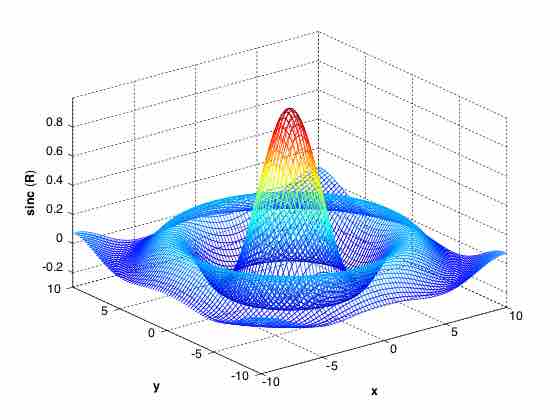For numerical calculations and graphing, scientific calculators and personal computers are commonly used in classes and laboratories.
Scientific calculators
A scientific calculator is a type of electronic calculator, usually but not always handheld, designed to calculate problems in science, engineering, and mathematics. They have almost completely replaced slide rules in almost all traditional applications, and are widely used in both education and professional settings.
In certain contexts such as higher education, scientific calculators have been superseded by graphing calculators , which offer a superset of scientific calculator functionality along with the ability to graph input data and write and store programs for the device. There is also some overlap with the financial calculator market.

Fig 1
A typical graphing calculator built by Texas Instruments, displaying a graph of a function
Scientific calculators are used widely in any situation where quick access to certain mathematical functions is needed, especially those such as trigonometric functions that were once traditionally looked up in tables; they are also used in situations requiring back-of-the-envelope calculations of very large numbers, as in some aspects of astronomy, physics, and chemistry. However, for more complicated applications, computers offer more powerful solutions to many problems.
Computers
These days, scientific and graphing calculators are often replaced by personal computers or even by supercomputers. There are many softwares (such as Mathematica, Matlab, etc.) that allows not only numerical calculations and plotting of functions, but also helping with matrix manipulations, data manipulation, implementation of algorithms, creation of user interfaces, etc. In addition, by using programming languages such as Fortran, C, C++, Java, etc., complicated, multi-step numerical calculations can be performed on a PC. Therefore, computers are extremely useful tools in scientific and engineering disciplines.

Fig 2
A three-dimentional wireframe plot of the unnormalized sinc function